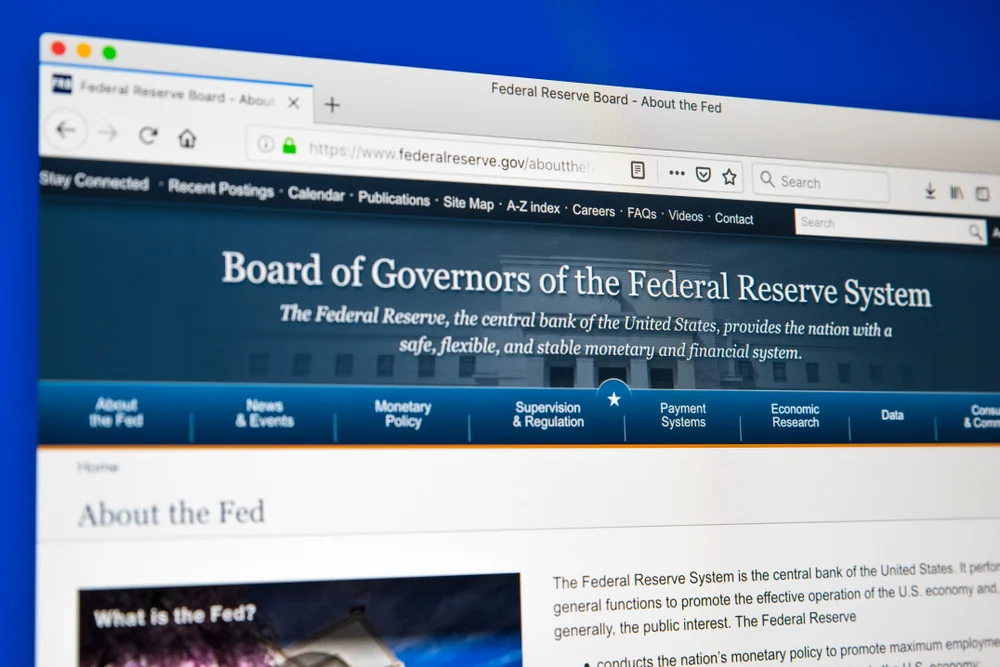The Federal Reserve’s interest rate policy in 2025 will play a pivotal role in determining the trajectory of financial markets, borrowing costs, and economic growth. With eight scheduled meetings, the central bank faces a delicate balancing act—cut rates too soon, inflation could surge, holding rates too high, and economic growth could stall.
The latest projections indicate that the Fed will take a cautious approach, likely cutting rates only twice in 2025—down from the four cuts that were widely expected just months ago. However, economic uncertainties, labor market conditions, and potential fiscal policy shifts under the incoming Trump administration could dramatically change the course of monetary policy.
Investors, home buyers, and businesses should pay close attention to these decisions, as they will directly impact mortgage rates, stock market performance, and economic stability.
The Fed’s 2025 Meeting Schedule and Rate Expectations
The Federal Open Market Committee (FOMC) is set to meet eight times in 2025, with the following dates scheduled:
- January 28-29 – Rates expected to remain steady.
- March 18-19 – A near-even chance of a rate cut.
- May 6-7 – Likely no change.
- June 17-18 – Rates expected to hold steady.
- July 29-30 – A possible cut could be on the table.
- September 16-17 – Another strong possibility for a cut.
- October 28-29 – Dependent on economic data.
- December 9-10 – The final decision of the year.
Key Takeaway: Most analysts expect two rate cuts this year, bringing the federal funds rate to 3.75%-4.00%. However, some experts warn that if inflation remains stubborn, the Fed could pause at or above 4% for an extended period.
Why Is the Fed Taking a Cautious Approach?
After a half-point rate cut in September 2024 and additional quarter-point cuts in November and December, many economists anticipated a faster pace of rate reductions in 2025. However, several key factors have forced the Fed to slow down its easing cycle:
1. Inflation Stubbornly Above Target
- Inflation is expected to end 2025 at around 2.5%, slightly above the Fed’s 2% target.
- If inflation stalls or re-accelerates due to strong consumer demand, rising wages, or government spending policies, the Fed may hesitate to cut rates further.
2. Resilient Economic Growth
- The U.S. economy has continued to expand, defying predictions of a recession.
- GDP growth remains strong, reducing the urgency for aggressive rate cuts.
3. A Surprisingly Strong Labor Market
- The unemployment rate stood at 4.2% in November 2024, with only a slight increase expected in 2025.
- A sharp spike in joblessness could force the Fed to cut rates faster, but as long as the labor market remains stable, policymakers may hold off on aggressive easing.
4. Political and Fiscal Uncertainty Under a New Administration
- Policies from the incoming Trump administration, such as potential tax cuts, tariffs, and increased deficit spending, could put upward pressure on inflation.
- The Fed does not directly set fiscal policy but must react to how government decisions influence inflation and economic stability.
Is There a Chance of No Rate Cuts—or Even Hikes?
While most projections point to two rate cuts in 2025, there is an alternative scenario where the Fed could:
- The pause rate cuts completely if inflation remains sticky and economic growth continues.
- Raise rates again if inflation accelerates unexpectedly due to external factors like global supply chain disruptions or fiscal policy changes.
While rate hikes are unlikely, they are not entirely off the table. If inflation starts climbing again and unemployment remains low, the Fed may reconsider its easing plans entirely.
What This Means for Borrowers, Investors, and Homebuyers
For Homebuyers and Mortgage Holders
- Mortgage rates may decline slightly in the second half of 2025 but are unlikely to drop sharply as initially expected.
- Buyers waiting for significant rate cuts may be disappointed.
- Refinancing opportunities will be limited, as rates will likely remain well above pre-2022 levels.
For Stock Market Investors
- Stocks typically benefit from rate cuts, but the Fed’s slower approach could limit market gains in the short term.
- Growth stocks, which rely on cheap borrowing costs, may underperform compared to sectors that benefit from higher rates.
- Bonds and fixed-income investments could see increased demand as rates decline.
For Small Businesses and Consumers
- Credit card and personal loan rates will remain elevated.
- Small businesses that depend on financing may face continued challenges due to higher borrowing costs.
- Inflation-sensitive sectors such as housing, energy, and consumer goods may experience volatility.
Final Thoughts: A Year of Uncertainty for Interest Rates
The Federal Reserve’s 2025 monetary policy will be shaped by inflation trends, labor market conditions, and fiscal policy shifts under the new administration.
While two rate cuts remain the most likely scenario, the possibility of fewer cuts—or even a prolonged pause—cannot be ignored. For borrowers, investors, and businesses, staying informed and prepared for shifting financial conditions will be crucial.
Bottom line: The Fed is moving cautiously, and rate relief will be slower than many had hoped. Expect a complex and uncertain year ahead in financial markets.






